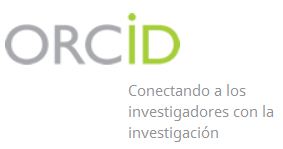Characterization and computation of the solutions of optimization problems with multiple objective functions
Keywords:
algoritmos tipo máximo descenso, genericidad, problemas de optimización con varios objetivos, reglas tipo FermatAbstract
Introduction: In many applications, one or many decision makers optimize several objective functions. Three important paradigms that describe these situations are bi-level problems, in which the best option depends on the decision that other agents make simultaneously or not; multiobjective problems with variable order, that is, a decision maker has several combined optimality criteria and the comparison between 2 points is given by a cone that is, in general, non-constant, and set-valued optimization problems, which correspond to the case in which the function values are sets. In this work we present new characterizations of the solutions to these problems and propose algorithms to find these points. Methods: Mathematical demonstrations, numerical experimentation. Results and discussion: For the problem of multiple disjoint leaders and followers a characterization of the solutions in the generic case was provided. An inexact projected gradient algorithm for multiobjective problems with variable order was proposed and its convergence was studied. A way of generating test problems for multiobjective models with variable order was obtained. Characterization of the solutions of set-operation optimization problems via a Fermat-type rule. A steepest descent algorithm for set-test optimization problems was proposed and its convergence was studied. Estimation of the Clarke subdifferential for marginal functions. It is concluded that the obtained characterizations of the solutions of the problems improve the results of the literature. This better knowledge of the structure of the solution set is very helpful also for an algorithmic viewpoint. The algorithms already proposed have yielded results that in many cases are better than those of the literature. Indeed, they computed well using fewer operations. Their convergence was also theoretically analyzed. It shall be remarked that not very restrictive hypotheses were needed.
Downloads
Published
How to Cite
Issue
Section
License
The journal Anales de la Academia de Ciencias de Cuba protects copyright, and operates with a Creative Commons License 4.0 (Creative Commons Attribution-NonCommercial License 4.0). By publishing in it, authors allow themselves to copy, reproduce, distribute, publicly communicate their work and generate derivative works, as long as the original author is cited and acknowledged. They do not allow, however, the use of the original work for commercial or lucrative purposes.
The authors authorize the publication of their writings, retaining the authorship rights, and assigning and transferring to the magazine all the rights protected by the intellectual property laws that govern in Cuba, which imply editing to disseminate the work.
Authors may establish additional agreements for the non-exclusive distribution of the version of the work published in the journal (for example, placing it in an institutional repository or publishing it in a book), with recognition of having been first published in this journal.
To learn more, see https://creativecommons.org






